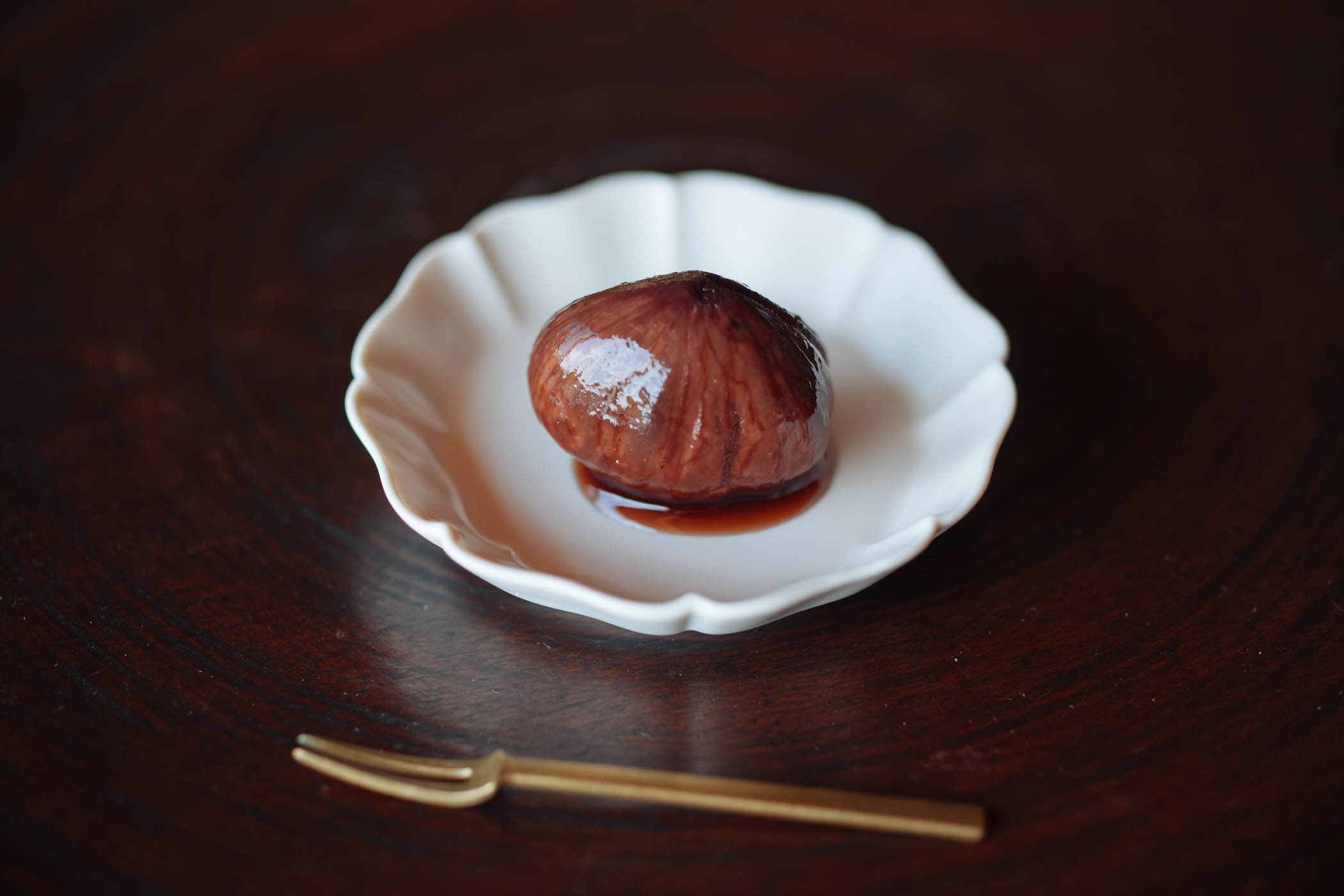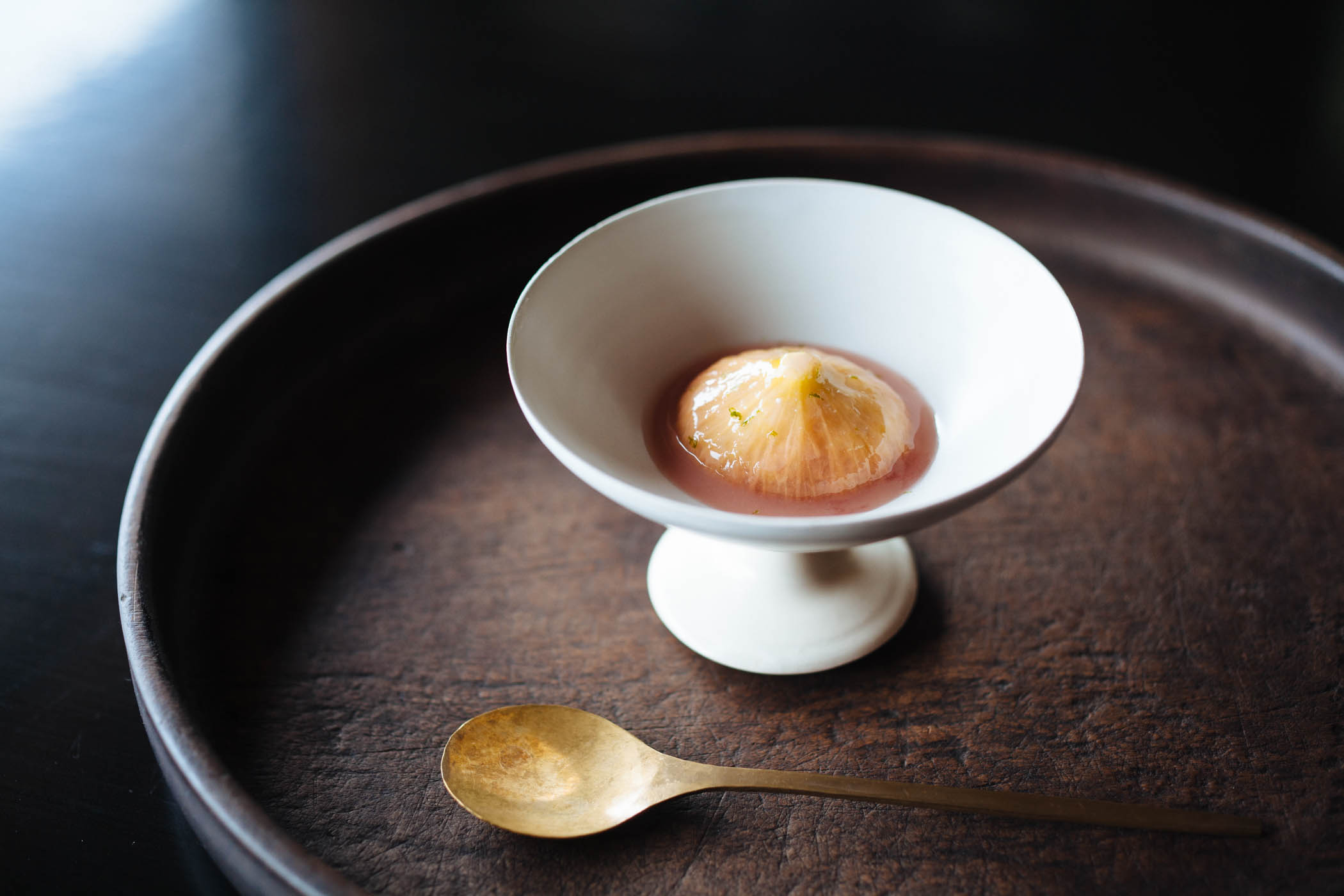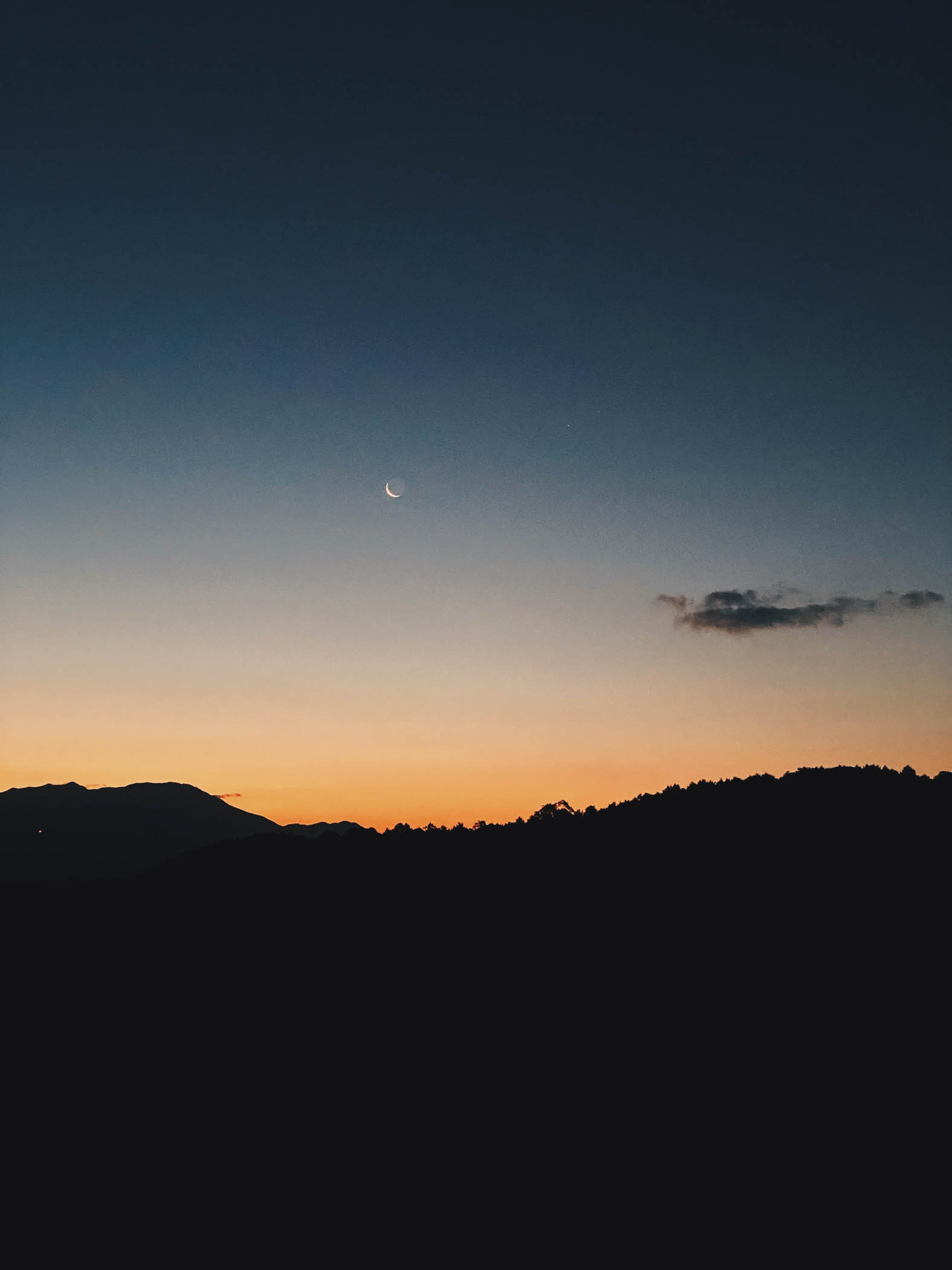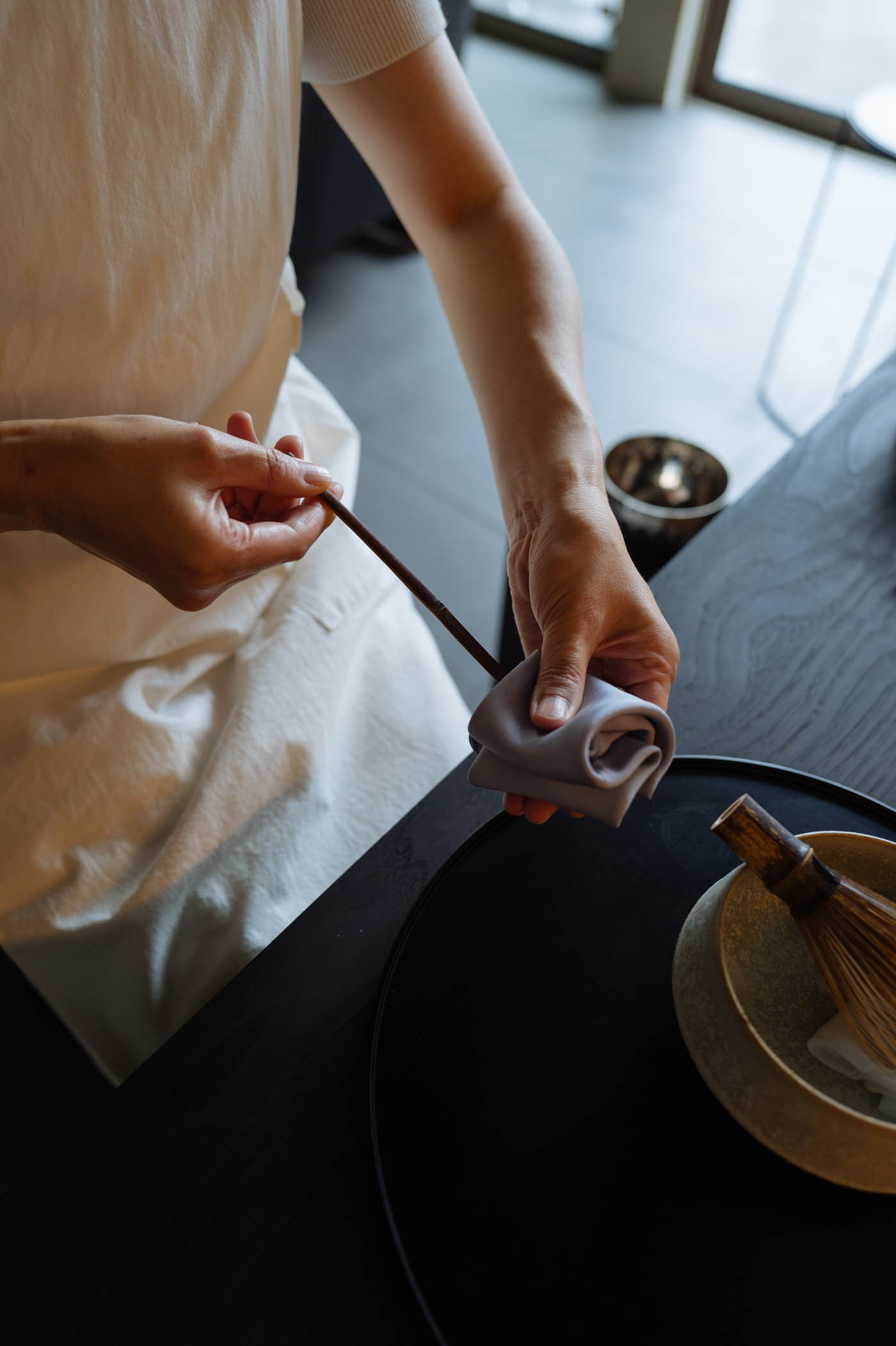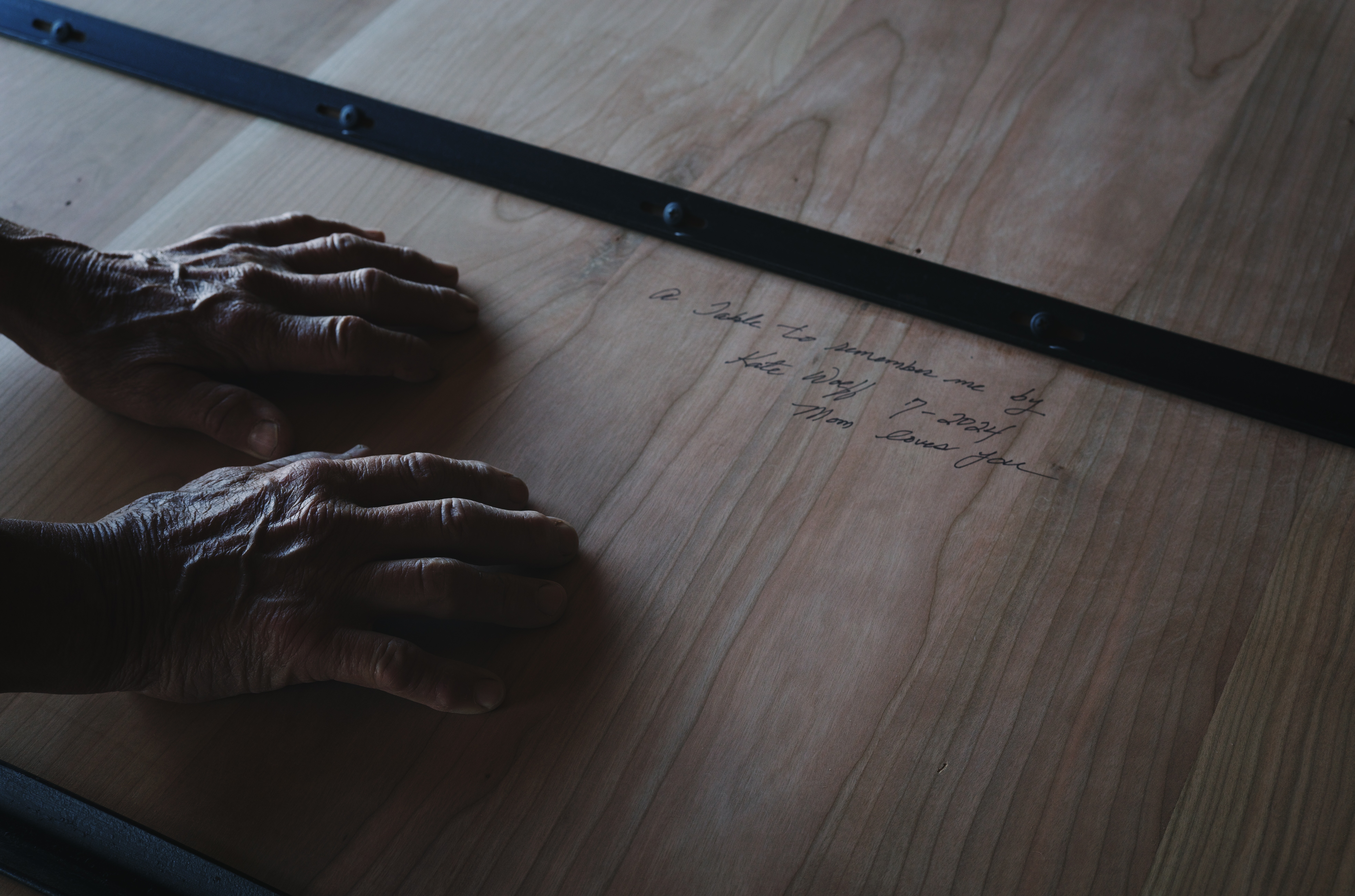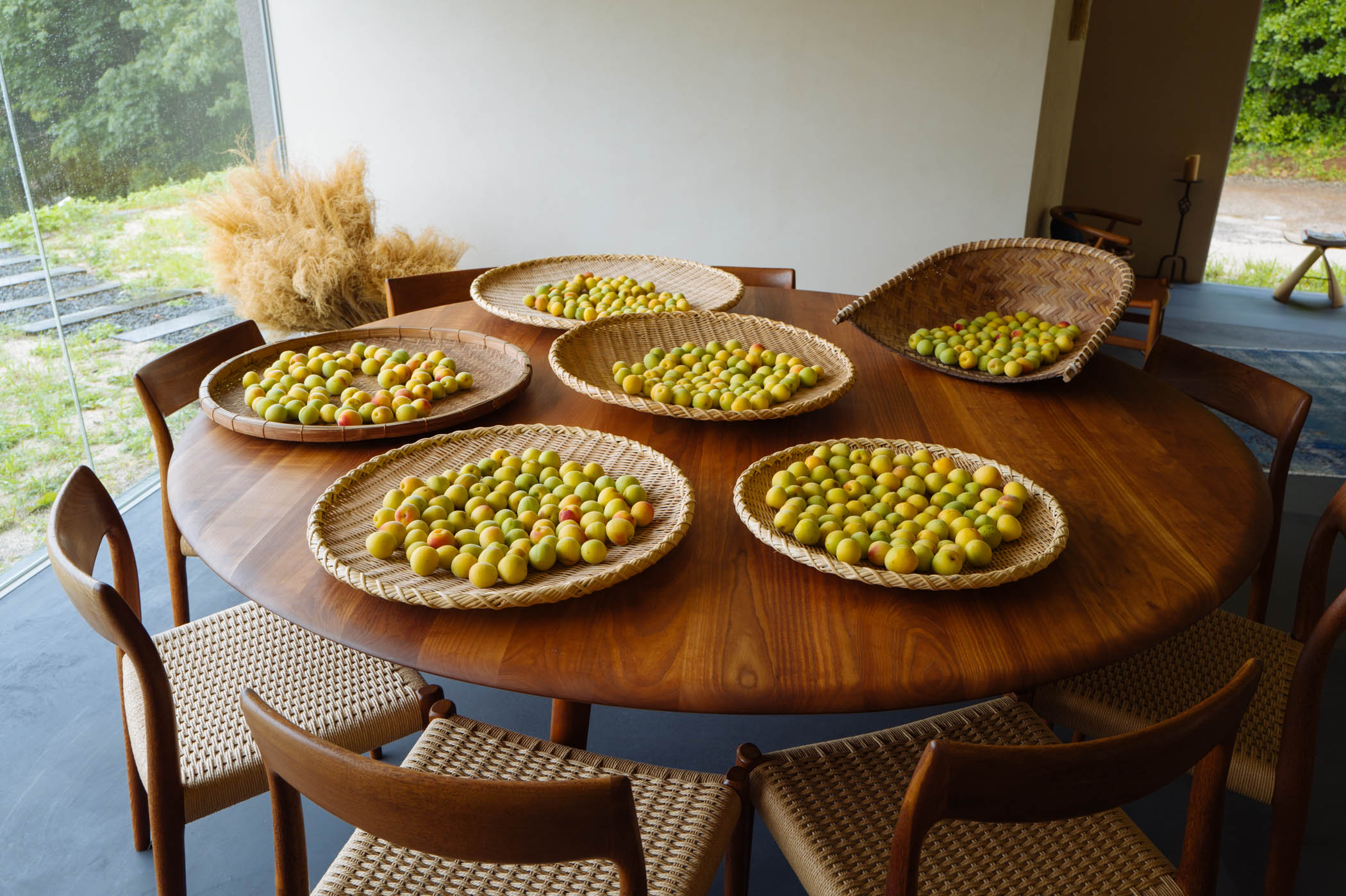Learning to Cook from the Best Cook of All
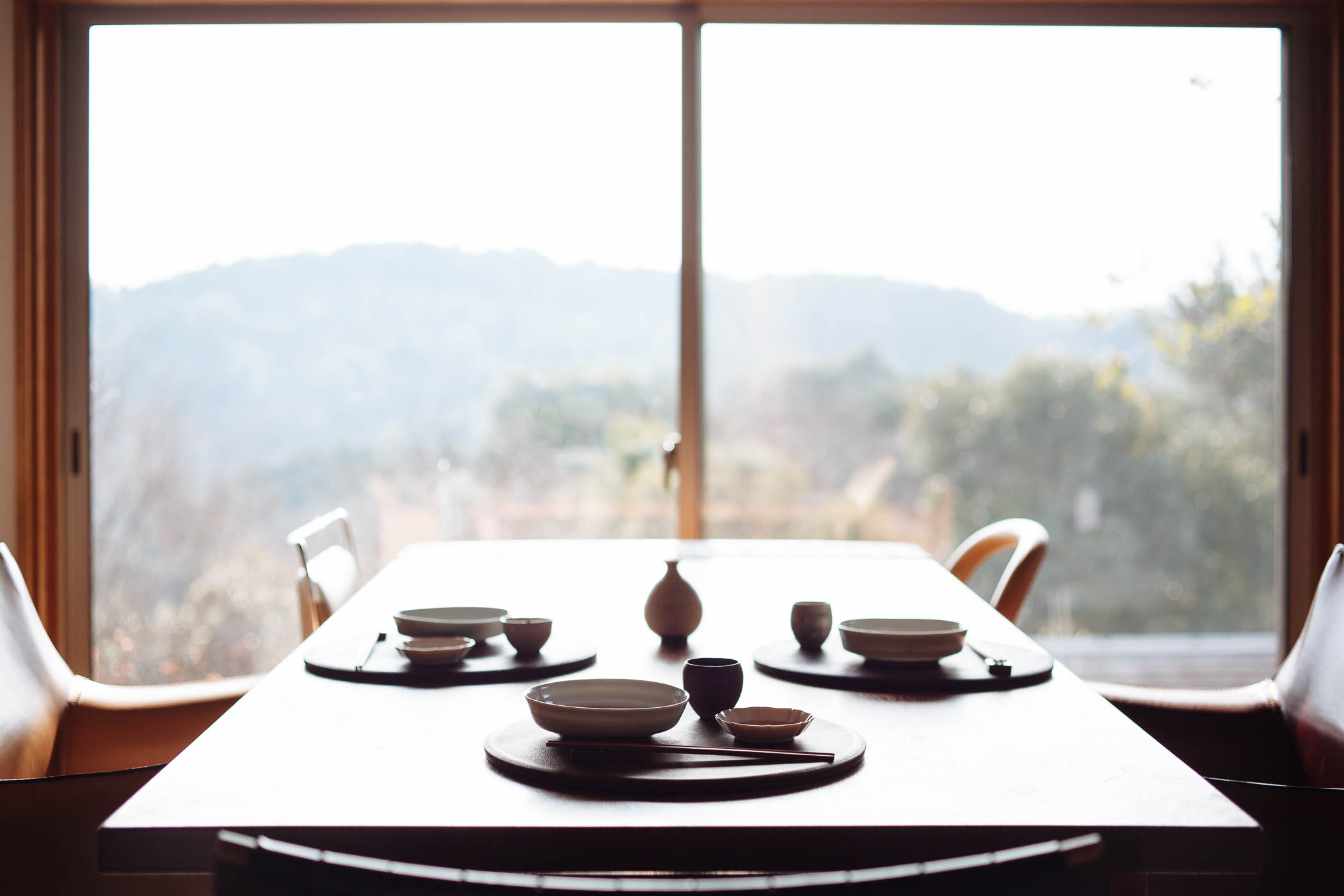
This month marks a dozen years since I came to Japan. A full cycle of the Chinese zodiac has passed and a new decade begins. I’m inclined to consider it an auspicious moment and a good time for reflection. I still remember those first months vividly, that feeling of being thoroughly lost in a foreign sea of language, customs, and community. And I vividly recall the one thing that evoked a sense of companionship, that anchored me and would come to define my life here, Kuniko’s cooking. At that time dinners at her table were frightfully long, at minimum 3 hours, stretching towards 4 or 5 if guests were present, and they often were. They were also terribly delicious and I, unable to follow along with the lively conversations, had a lot of time on my hands, time to think, to taste, and to observe. Those were some of the loneliest meals of my life, but also some of the most flavorsome. And though I longed for many of the familiars I had left behind, food was never one of them. Eating in Japan has always been most satisfying.
In those days, Kuniko’s main focus was to keep the family well fed. She spent a lot of time in the kitchen and I, seeking companionship, lingered nearby. I bought a book full of loose leaf blank pages and began transcribing the notes scribbled on stained scraps of papers into a growing compilation of the ingredients, variations, methods, and practices I saw. I decided that over the years I would mine as much of her knowledge, taste, and sensibilities as I could. And although I couldn’t entirely follow her explanations, I could, with intense observation and copious notes, come to mimic her taste.
Several years later Kuniko had a severe stroke and though she is strong again in body and will, she no longer cooks. Certain lingering aspects of her condition make operating alone in the kitchen difficult, if not dangerous. Between her children and their spouses, all of whom are competent in the kitchen, there are five of us who prepare meals and eat with her throughout the week. She doesn’t suffer for lack of good things to eat. It is rather we who suffer, no longer able to sit at her table and eat her fare. For she was the best cook of all.
There is still so much I had hoped to learn from her. Some of it had to do with ingredients, recipes, and methods. These I can learn elsewhere, but I had hoped for many more years of studying her moritsuke, her presentation. Kuniko has an intuitive skill with plating, a sense for balance, for shape, for arrangement, all of which starts the moment her knife meets an ingredient on the cutting board. This I could never formulate or annotate. Sense can be honed but not taught. It is an intuitive response to the thing before you, its shape, its age, its density, its color, all considered in light of the task at hand. We can forever buy up cookbooks and study recipes but only continued inspiration and practice can refine the senses. And until we can face the ingredient before us with knife in hand and respond in real time with practiced sensibilities, we can never truly call ourselves good cooks.
There is so much more I hope to learn, so many more ingredients to meet, methods to practice, and meals to prepare. But I am on the way, steadily treading the right path even if I have a long way still to go. And as I tread, I find beauty in the potential and joy in the anticipation. In The Book of Tea Kakuzo Okakura cites a poem that I have loved deeply since the first time I read it nearly all those dozen years ago. “To those who long only for flowers, fain would I show the full-blown spring which abides in the toiling buds of snow-covered hills.” And speaking of toiling buds, I feel a stirring, that familiar call I heed this time of year and have every year since I first moved to Japan. A call to go out and seek the one ingredient that stirs my soul the most, that binds me physically to Mirukashi, this foreign hilltop that has come to feel like home, that binds me to Kuniko and all that she has taught me. Tomorrow I’ll wander down the road and see if the earliest fukinoto are peeking through.


